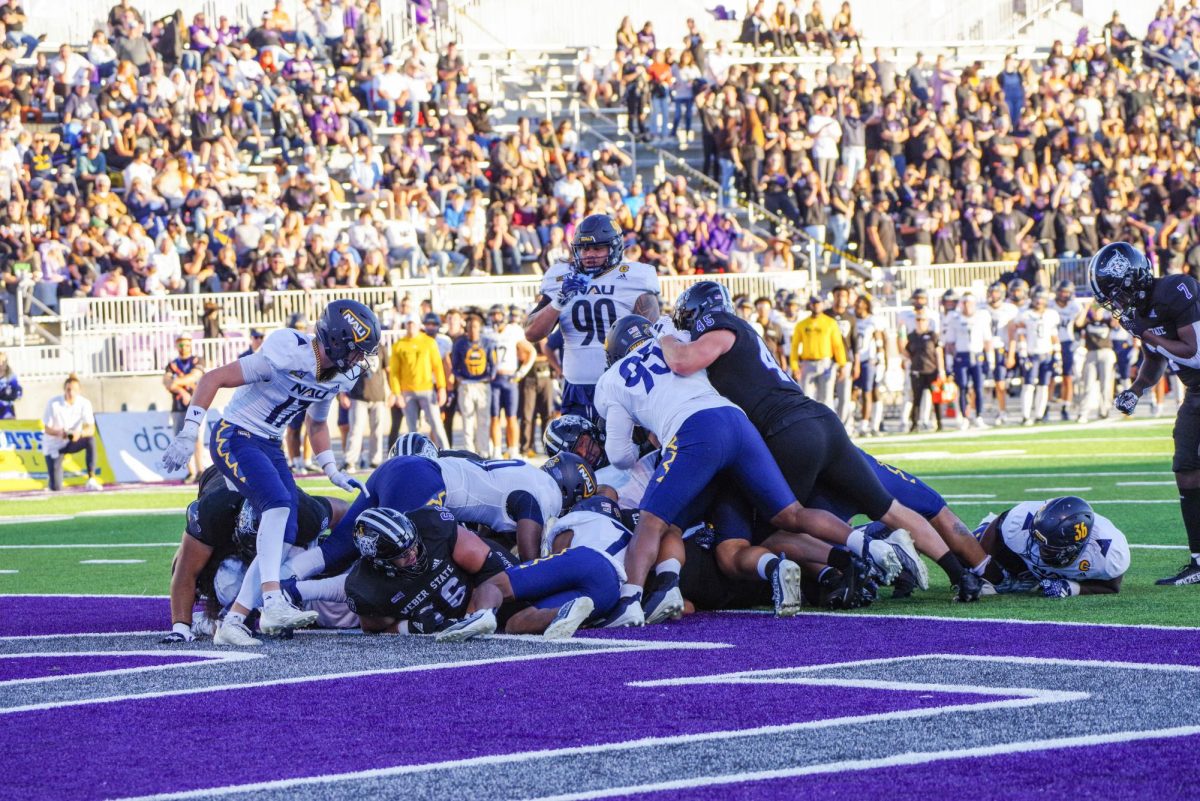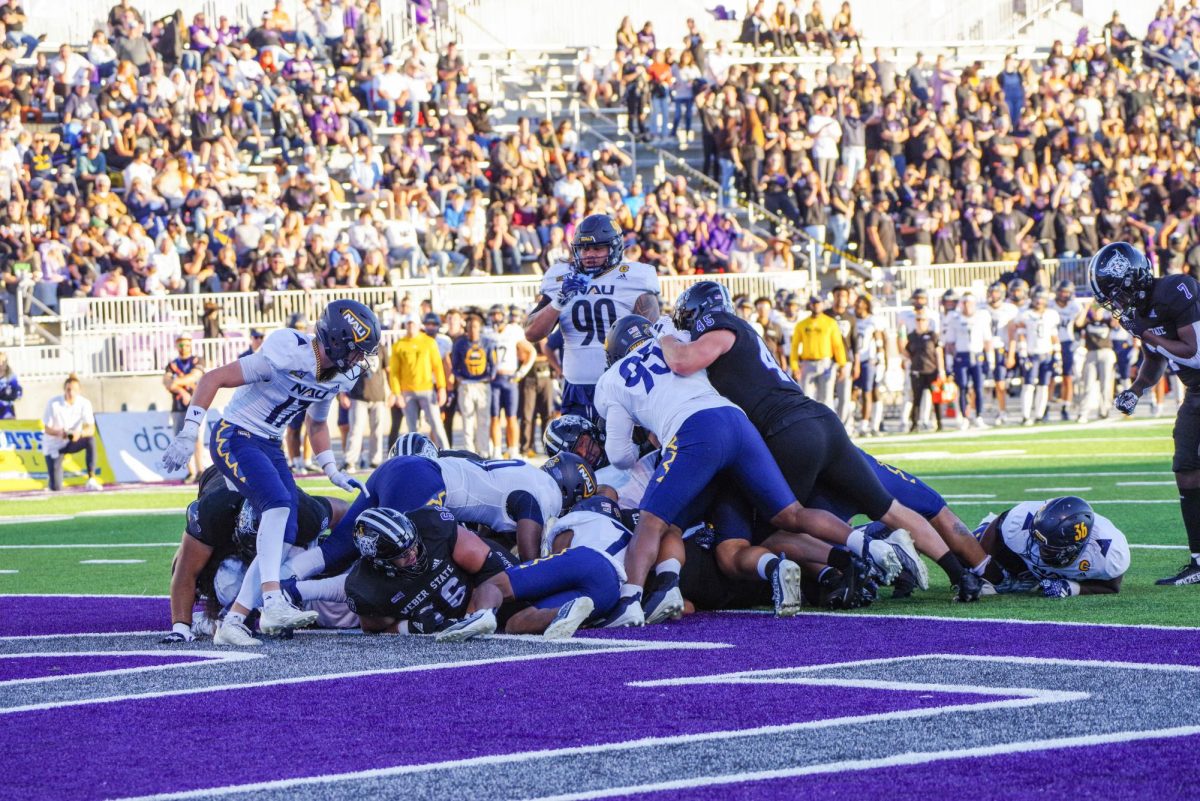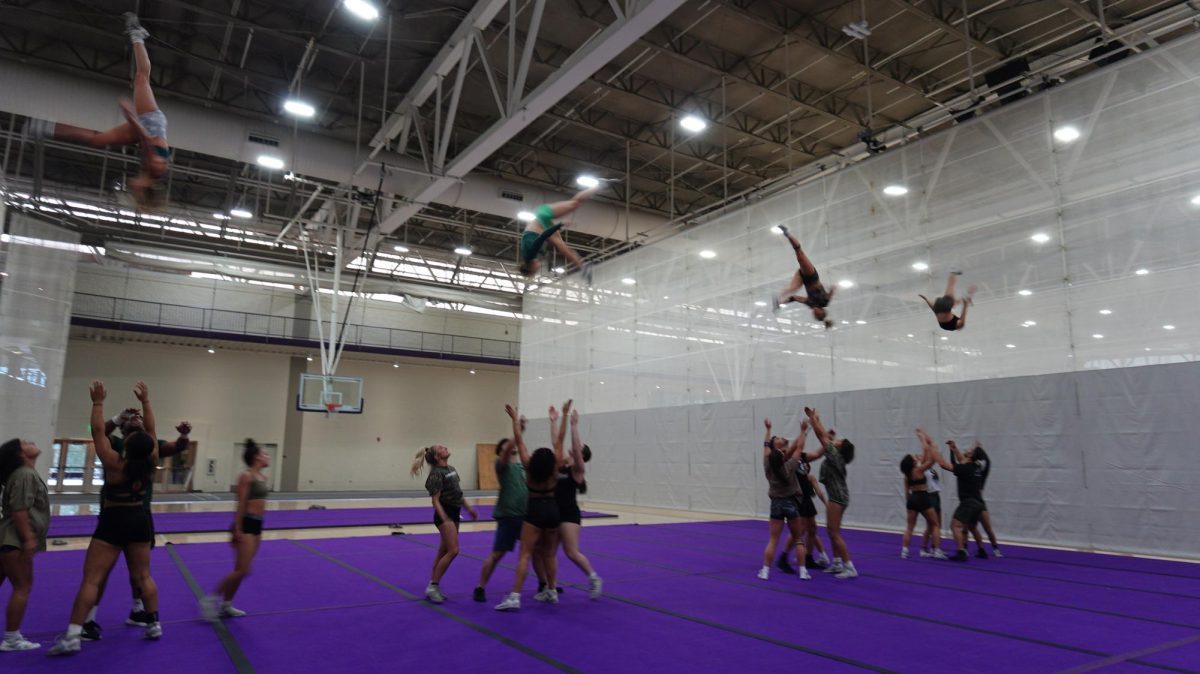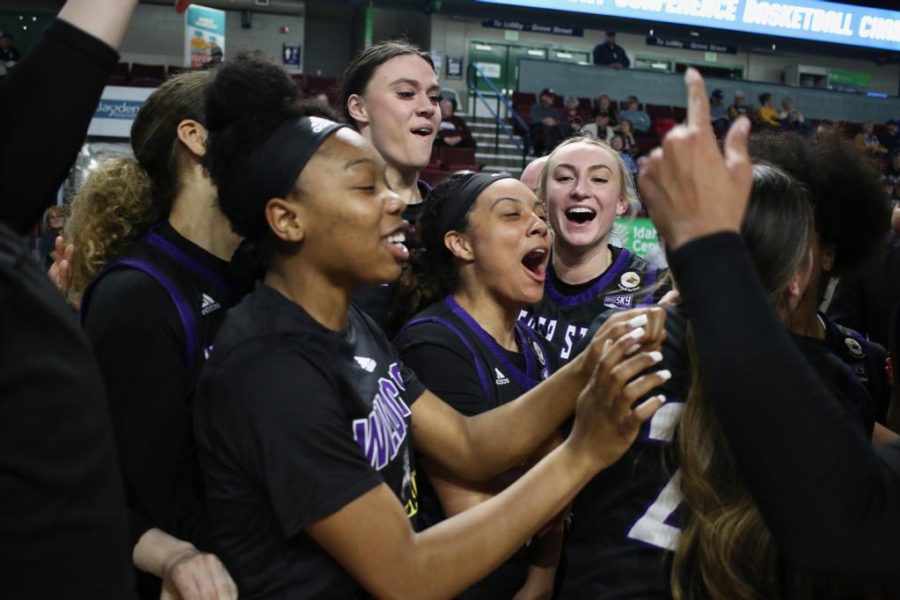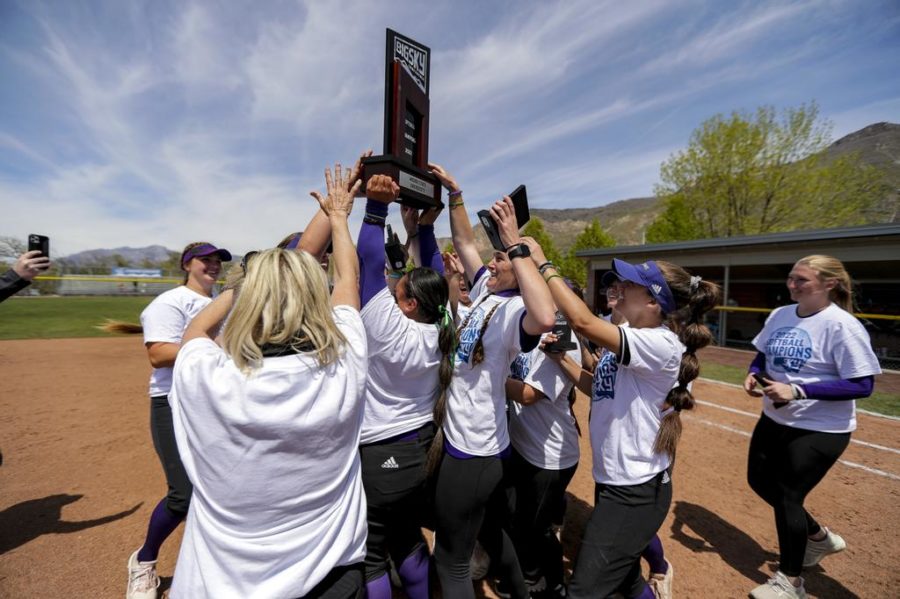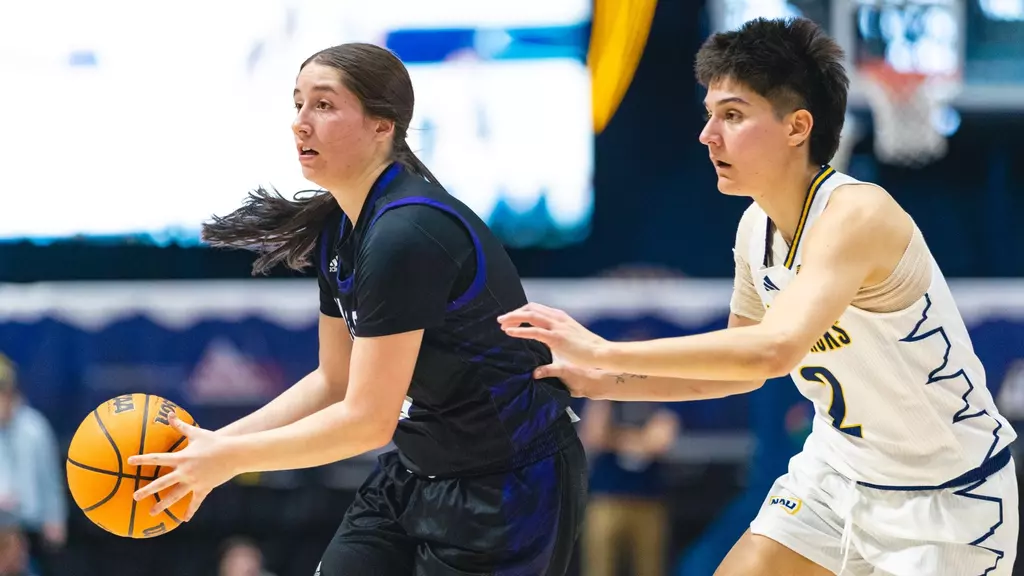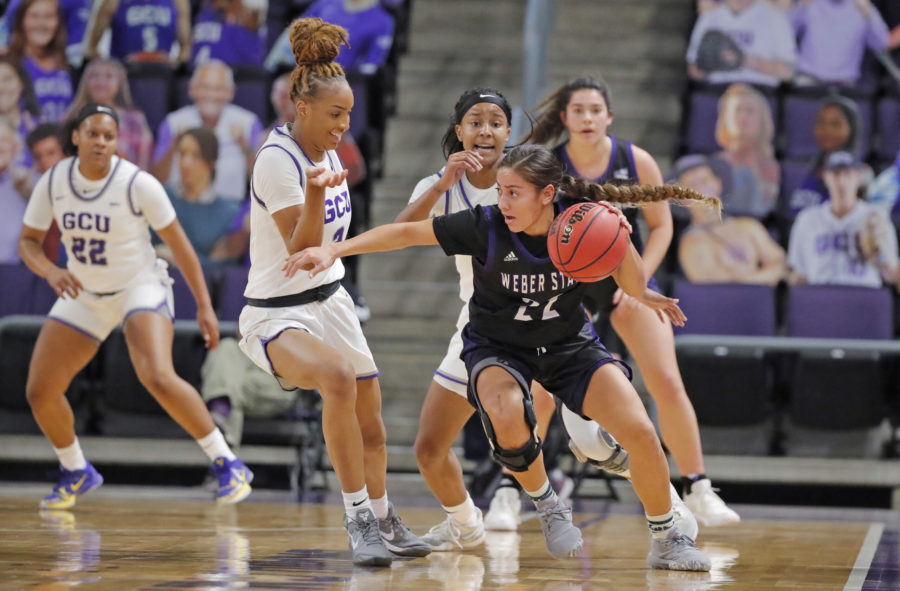As the Winter Olympics enter full swing, the ice hockey and freestyle events are ones you can’t miss.
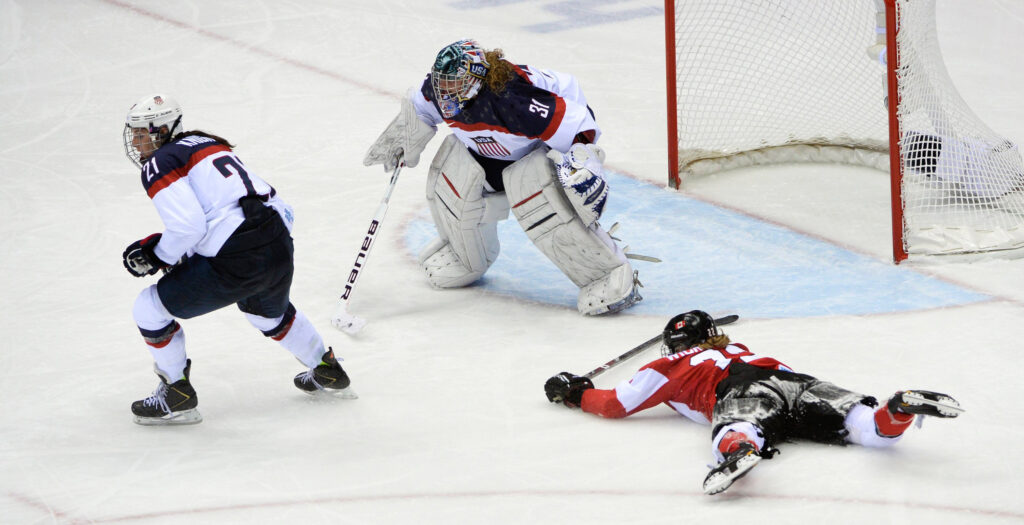
Hockey began Feb. 10 and will continue until Feb. 25.
The men’s tournament, which first started in the 1920 Summer Olympic games, moved permanently to winter in the 1924 Chamonix games. The women’s tournament was introduced in the 1998 Nagano games.
Since the inclusion of men’s hockey, Russia (Soviet Union) dominated the games until the “Miracle on Ice” in the 1980 Lake Placid games. Team U.S.A. knocked off the heavily favored Soviets and took home gold for the first time.
The U.S. and Russian rivalry is still one of the greatest in sports since the game in Lake Placid. The two teams will face off again Feb. 15.
With the NHL banning current players from competing in the Olympics, the Americans aren’t favored to make the podium like rivals Canada and Russia.
The United States women’s team has been one of the most dominating teams in the Olympics, behind Canada. Team U.S.A. has won silver in every Olympic games with the exception of bronze in the 2006 games and one gold in the 1998 games.
But with returners like Hilary Knight, Meghan Duggan and Brianna Decker along with the young faces the Americans are looking to pass rival Canada.
The Americans will play Canada in a preliminary matchup Feb. 15 in a preview of what is likely to be the gold medal game.
While the hockey players are duking it out on the ice, freestyle skiers will be playing in the powder.
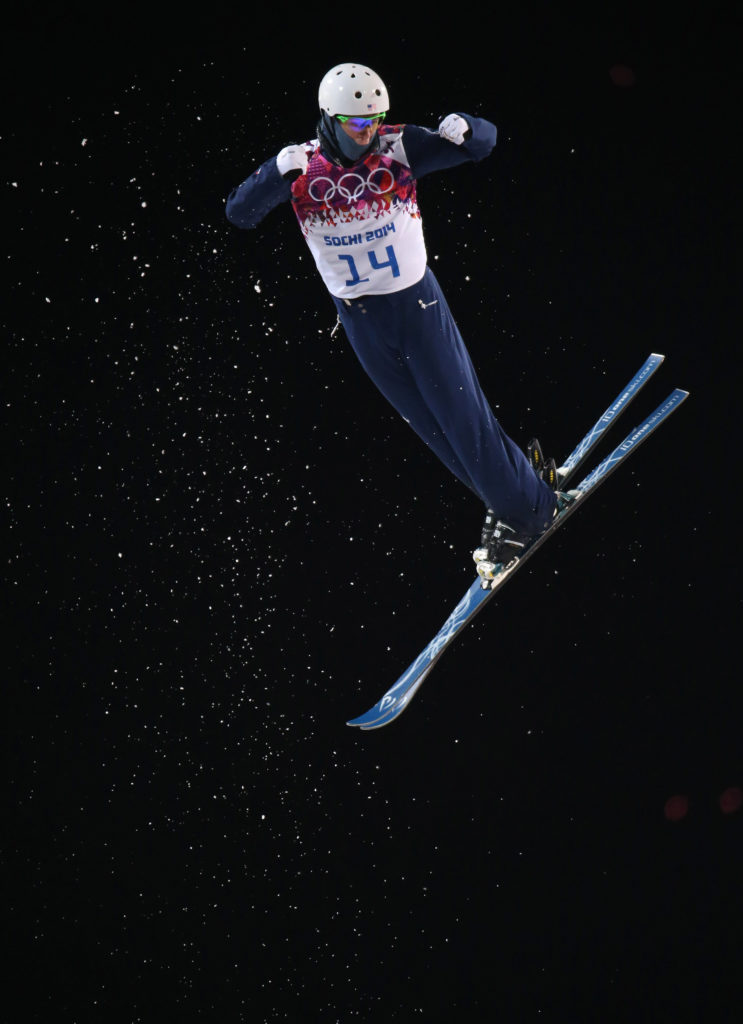
Since the addition of freestyle skiing events in the Olympics, the United States has won eight gold medals, seven silver and six bronze, for a total of 21. 21 medals gives the United States the all-time lead ahead of Canada and Australia.
Freestyle skiing consists of 10 events, (five men’s and five women’s), including moguls, aerials, ski-cross, halfpipe and slopestyle.
Moguls started in the 1992 Albertville games. Athletes are scored by time through the moguls and by style and quality of the land on the jumps portion.
Moguls began Feb. 11 and will continue until Feb. 12.
Each athlete is looking for the lowest possible time and the highest score through the jumps.
Aerials, introduced in the 1994 Lillehammer games, begins Feb. 16 and finishes Feb. 18. Competitors jump off a 13-foot ramp reaching heights of 65 feet, performing flips, spins, corks and many other tricks. Athletes are scored by takeoff, difficulty, style and quality of the land.
Madison Olsen, a Park City native and Utah State University alum, will make her Winter Olympic debut in aerials.
Slopestyle competition will take place on Feb. 17 and Feb. 18. They were introduced in the 2014 Sochi games. Skiers will have three runs starting with a rail and box rail portion and finishing with three kickers.
Each skier is judge by quality of run, landing and their style.
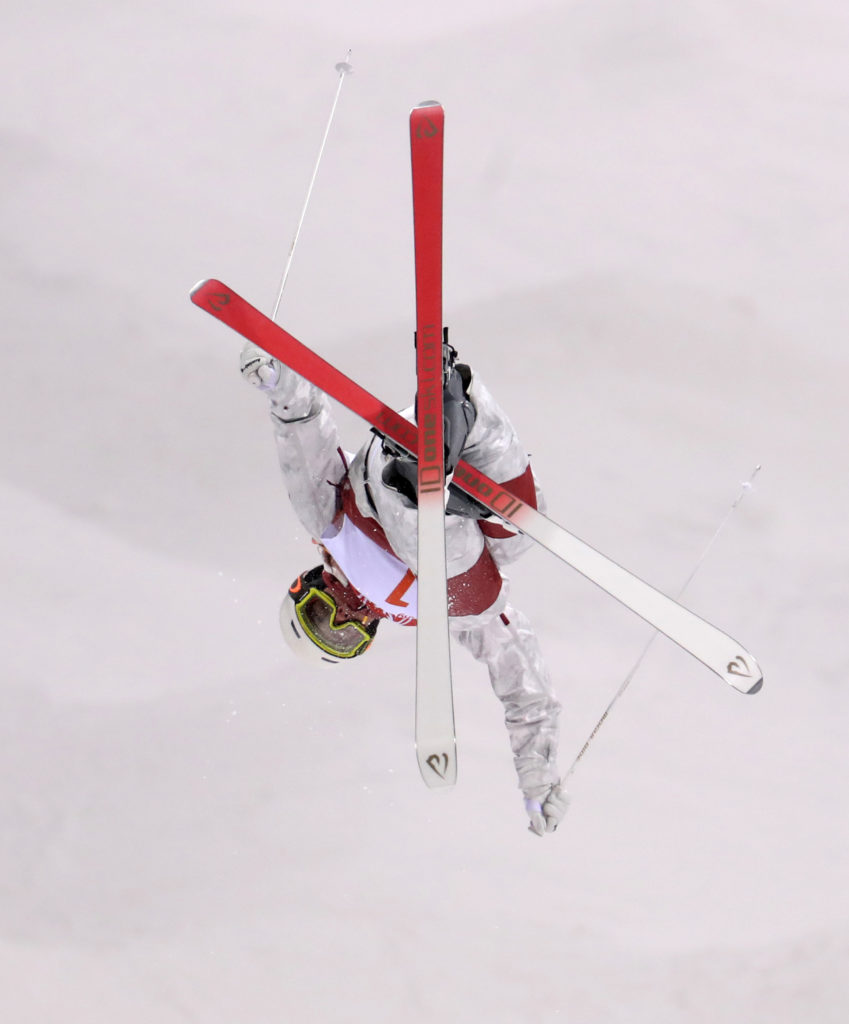
Park City born and University of Utah alum Alex Hall will make his Winter Olympic debut in the slopestyle event.
McRae Williams will also make his Olympic debut in the slopestyle event. Williams went to Salt Lake Community and is also from Park City.
The halfpipe event, which also became an Olympic sport in the 2014 games, will take place Feb. 20 and Feb. 22.
Each skier performs tricks while going from one-side to the other of a semicircle. Just like slopestyle, athletes are scored off their runs but only take their highest run.
Ski-cross, introduced in the 2010 Vancouver games, will be competed on Feb. 21 and Feb. 23. Competitors race down with six competitors side by side with jumps, turns and other obstacles and only the top three move on.
Ski-cross is scored by time and place of the riders in each heat.


